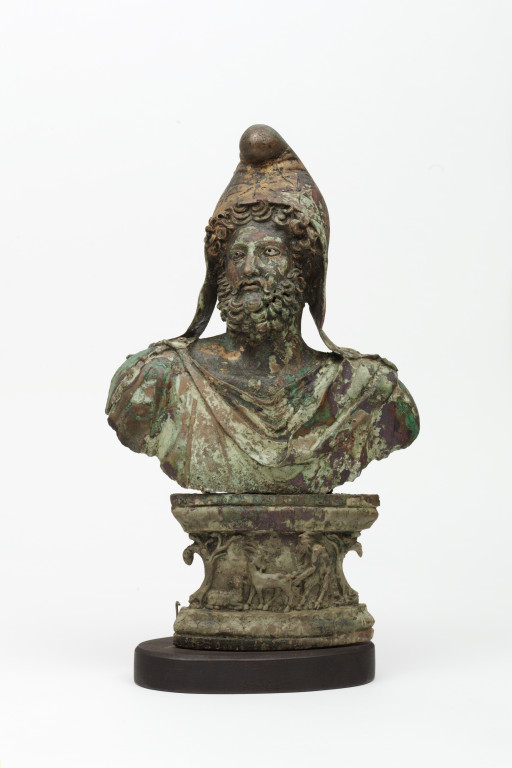The simplest type of poppet is the photo poppet. In it, the basis for the poppet is a printed out photo. Today's internet being what it is, you can find a photo of almost anyone. Choose a recent photo, with no other people in it. (unless you are also targeting them) Ideally, you want a photo where they are looking directly into the photo. Avoid photos with crossed arms or other body language conveying guardedness. Crop the photo to center the person and remove most of the background. Print it out. On the back of the printout, write the target's full name, birthday, and any other identifying information you know (such as parents' names, job or other titles, and etc). The more specific you can be, the better. Continue writing until you have completely filled the available space. It's ok to repeat things. If you have the talent to do a good job, a hand drawn picture is much more effective than a photo.
The next easiest kind is a poppet jar. In these poppets, the base is a jar (or box) containing the essence of a person. Begin by cleaning the jar very well, including scrubbing it with salt. Collect as many personal concerns of your target as possible (business cards, hair, used tissues, dirt from their house, photos, names, birthdays, signatures, perfume, clothes, etc) and place them in the jar. If there is space remaining, full it with herbs appropriate to the work at hand.
Poppets can be formed from wax or clay. In these cases, you'll want to either mix the personal concerns in (which usually means reducing them to ash, and mixing that in) or form the doll around them (which is called the "core" of the poppet). The most typical kind of poppet is sewn from cloth, which is stuffed with personal concerns and herbs (like the jar). Tip: use a chopstick to help push the stuffing into the limbs. Really, though, there is a near infinite variety of ways to make poppets. Corn husks are nice, as are twigs tied together to make a stick figure. More important that the construction is the next step, the baptism.
Light some incense over charcoal, to make a big cloud of smoke. Mugwort is a good choice, or a mixture appropriate to the purpose you will put the poppet to. Take a deep breath in of the smoke, and blow it out over the poppet. Say something like: "Creature of dead matter, I have formed you as ___NAME____. I breathe into your nostrils the breath of life, and you become a living being. You are a double of ____NAME____, and whatsoever is done to you happens to them." Do this two more times.
Sprinkle the poppet with some living water (ie, water collected from a moving natural source, such as spring, river, or rain water), and say something like "Creature of matter, I have formed you as __NAME___. I baptize you ___NAME____. You are the double of ___NAME___ and whatsoever is done to you happens to them." Do this two more times.
Pass the poppet through the smoke, and say something like "____NAME___ breathe deep of this magic smoke. Be infused with its enlivening magic. You are a double of ___NAME____, and whatsoever is done to you happens to them." Do this three times.
"By the powers of three times three, ever ___NAME___ this doll shall be. Amen. Amen. Amen."


